*Keyboardkraze now has a nearly 24/7 chat service directly with me should you have any questions regarding keyboard/plugin choices! This is connected directly to me and it is not AI.
Table of Contents
The Roland A-88 MKII was recently announced just a couple of weeks before the popular NAMM 2020 and I have to say, this is exciting.
The A-88 MK II is the successor of the A-800 and there have been some major improvements as far as the internals and the externals go.
For the last couple of years, Roland has been leading the charge on MIDI 2.0 and it has been a rather exciting time for MIDI. The Roland A-88 MKII is the first MIDI controller to introduce MIDI 2.0
So, what are the main reasons why Roland is pushing towards MIDI 2.0?
Well there a few reasons, but one of the main reasons is that it will allow for better timing, due to jitter timestamps.
All of the MIDI 2.0 aside, is the A-88 MKII a gamechanger?
I believe that this answer is both yes and no. My opinion is that the Roland A-88 MK2 is a big upgrade from the A-800 and it is also a win for Roland. With this being said, I think that this controller was super close to being a gamechanger completely. Read on to see my full thoughts.
The Roland A-88 MKii took the market by storm by offering a controller option with weighted keys. While there aren't a ton of controls with the A-88, it's a fantastic controller with some great mapping software.
Pros
- Great key-action
- MIDI 2.0(first MIDI keyboard to introduce this)
- Sleek & Slim
- Light-weight
- Portable
- Great connectivity
- Simple Layout
Cons
- Lacks a classic mod-wheel(uses a cheap pitch-bend)
- Could’ve placed the MIDI drum pads below the faders
Roland A-88 MKII Review
The Roland A-88 MKII looks completely new school in its design and Roland took some liberties here. I personally love how it looks from an aesthetic point of view, but I know that there are going to be some people hating on the layout.
I say that this looks new school because it looks slim and sleek. It’s also relatively light-weight coming in at 35 pounds.
For an 88 key MIDI keyboard, the A-88 MKII has one of the best key-beds and key actions you can get. Now, if the key-action is super important to you, you can just get a top-tier digital piano and run it as a MIDI controller.
If you go that route, you’re not gonna have as many options as on the controller. I, personally, use the Roland FA 08 and use it as a MIDI controller as it has 16 pads, faders, and a great interface.
With this being said, the key-bed used is the PHA-4. I really enjoy Roland key-beds and I would take this key-bed over most other brands key-beds.
Features
- Features Roland PHA-4 key-bed
- Durable construction with wood high-quality materials
- Onboard controllers: 8 pads, 8 rotary knobs, pitch-bend
- Built-in Arpeggiator
- Included App for easy mapping
- MIDI: USB- MIDI/5-pin DIN/in/out
- Bus-powered with USB-C
- 88-key Keyboard control with Roland PHA-4 keybed
- Ivory-feel keys with piano-like responsiveness and sensitivity
- Durably constructed slim enclosure built with wood and premium materials
- Numerous onboard controllers, including 8 pads, 8 control knobs, Pitch/Mod wheel, and program controls
- Three customizable key zones and a built-in arpeggiator
- MIDI connectivity via USB-MIDI and 5-pin DIN I/O; bus-powered via USB-C
- Included control app for recallable assignment mapping
LayOut
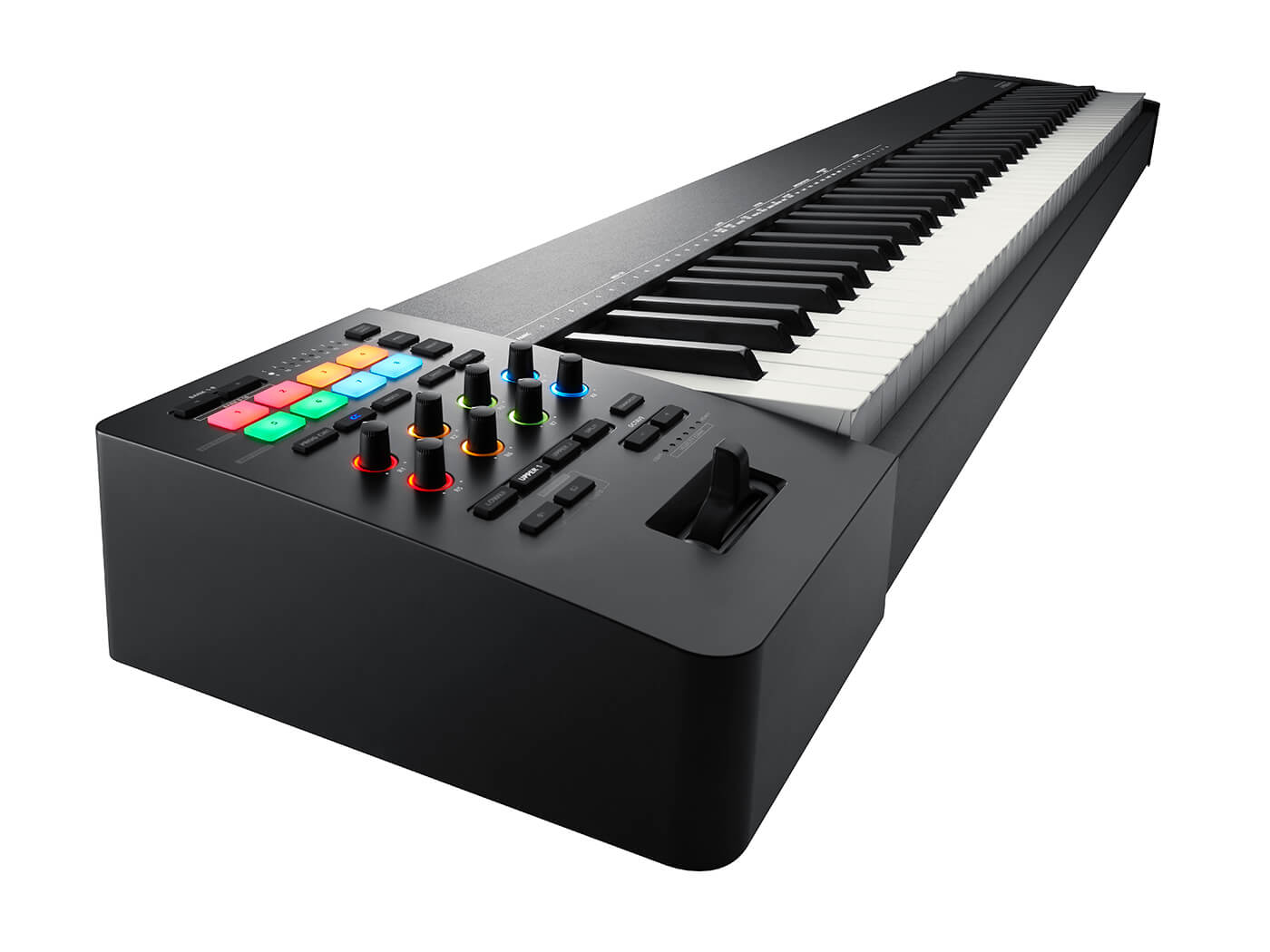
While I really love how this keyboard looks, the layout leaves some room for disappointment. The big problem most people will comment on is that they put the encoders below the pads.
Now, if you’re using the encoders while using the pads, this might be annoying, so I totally get it. If you’re working primarily in your DAW and not using the controller a ton for live music, this probably won’t be as big of a deal.
The unique thing is that there is nothing on the right side. Roland really condensed everything down in order to provide a simplistic way of working. Had they put the pads below the knobs, I think people would be thrilled.
Pitch-Bend
The pitch-bend on Rolands sometimes doesn’t make much sense. While you can utilize the pitch-bend to bend between chords, you can’t use it like the classic mod-wheel.
I already know that people will be commenting on the pitch-bend and saying that they should’ve also added the classic wheel. I agree with this, however, I’m not going to lose my marbles over it.
With this being said, yes, I would definitely prefer to have both. Now, again, for the studio, this isn’t as big of a problem. Depending on which VSTs that you are using, you can use the mod wheels on the plugins.
Included App For DAW Integration
This app is incredible and it makes for amazing integration.
The app allows you to fully customize the pads, knobs and even program all of the controls. You will notice that assigning the parameters is fairly simple and mapping is also easy.
One thing that is really is that you can color-code everything to your keyboard. This feature has been done before, but it really works to help speed up workflow.
Keybed
The keys on the A-88 MKII are a big upgrade from its predecessor. It features Roland’s famous PHA4 key-bed, which I believe is really nice for a MIDI controller.
While it has the same key-bed as the FP10 & FP30, I still believe it is a big upgrade from other controllers that have rather unimpressive key-beds.
I’ve personally played the FP30 a bunch and I love the action of it. It feels like it’s head and shoulders above other options near its price range.
As far as straight-up MIDI controllers go, this might have the best key-bed in my opinion.
The PHA4 key-bed features escapement and ivory feel keys which I think is a great feature.
Roland A-88 MK II VS Nektar 88+
The Roland A-88 MK II wins by a landslide in my opinion. I do like the Nektar keyboard as a budget pick as it is inexpensive, however, the key-bed and MIDI 2.0 outweigh anything that the Nektar has.
Overall
Overall, I think that the A-88 MK II is an impressive MIDI keyboard, that could’ve been perfect. With this being said, the only other 88 key option that I think truly matches it is the Arturia Keylab MK II.
If you’re looking for a great option that has solid keys, user-friendliness, & state-of-the-art MIDI2.0, this is your pick.

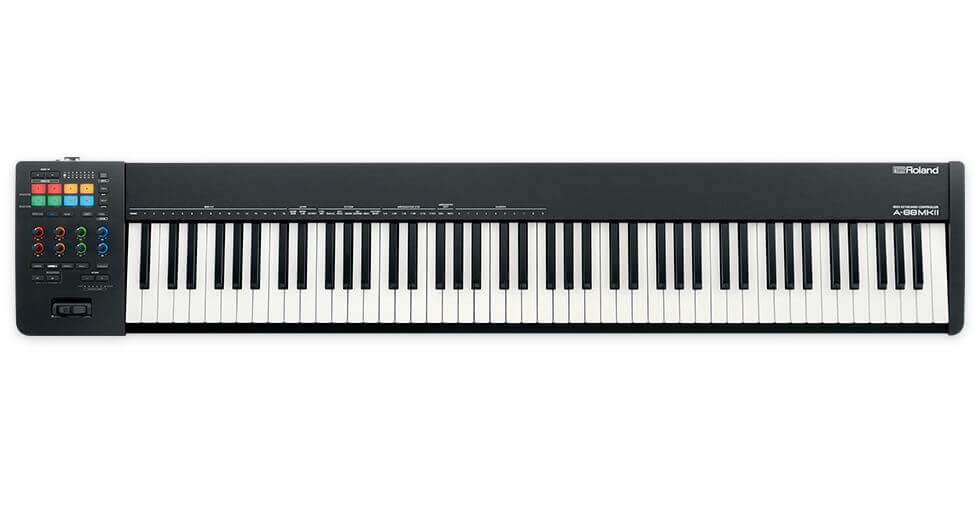


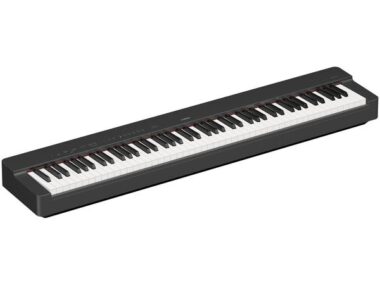
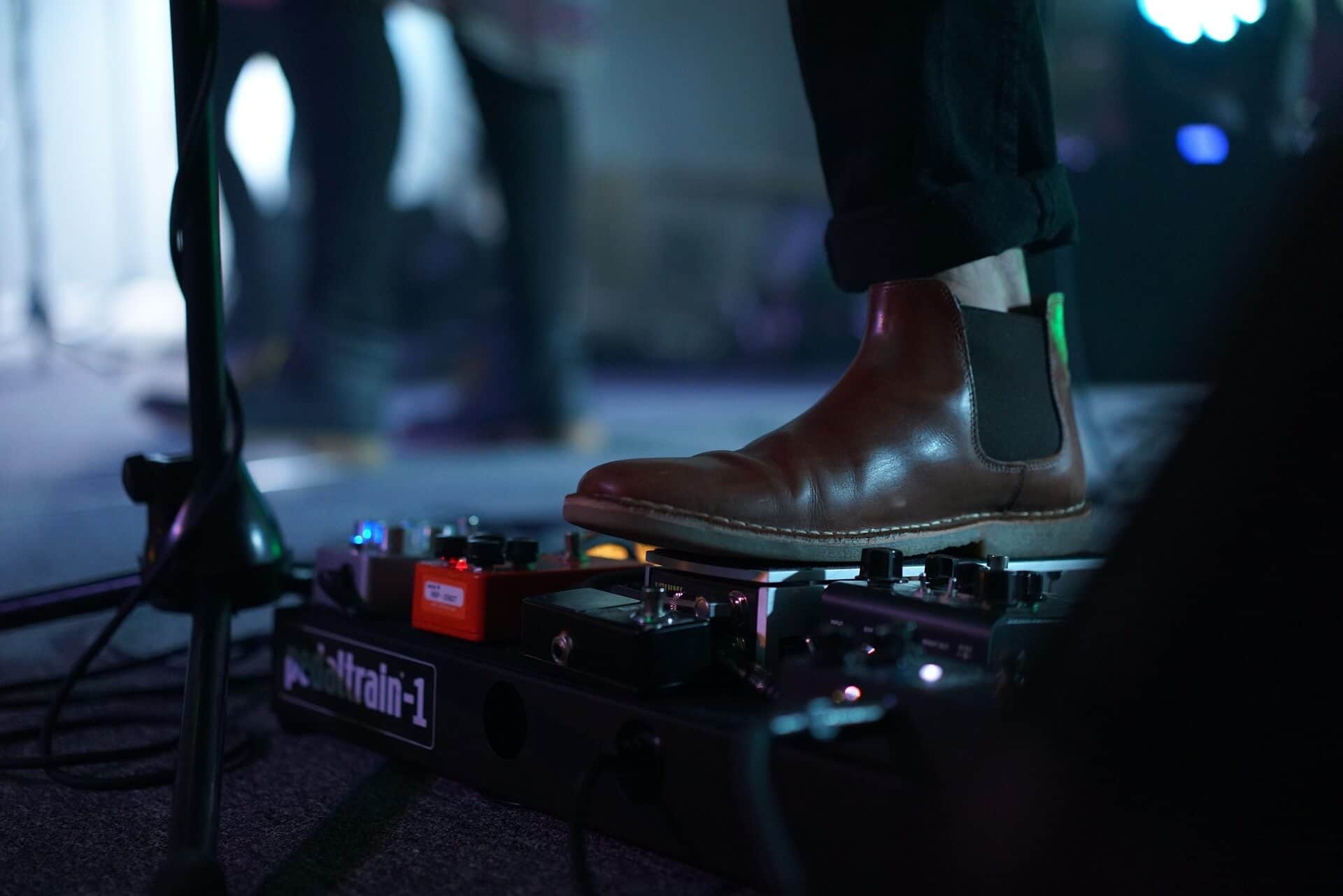
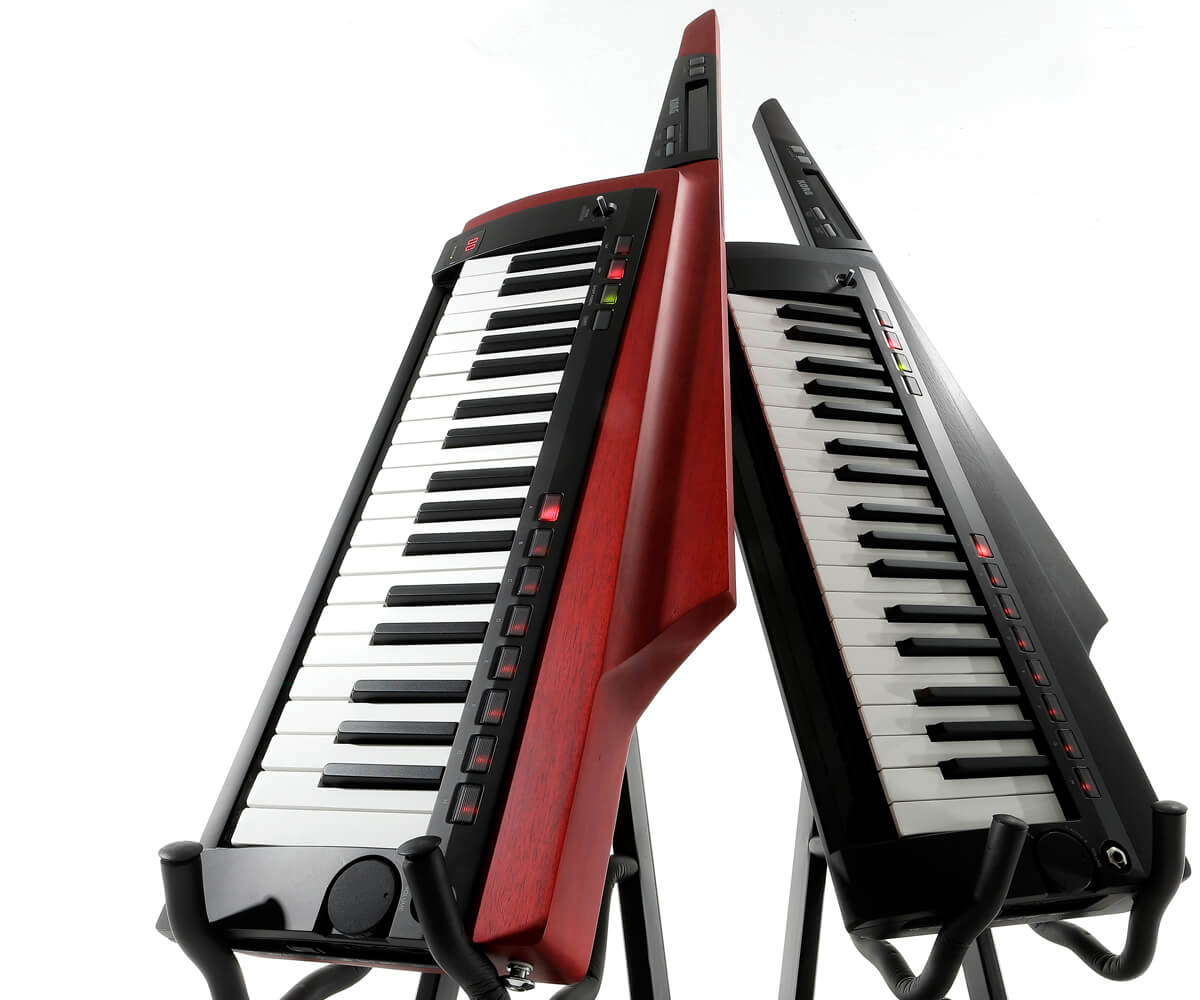
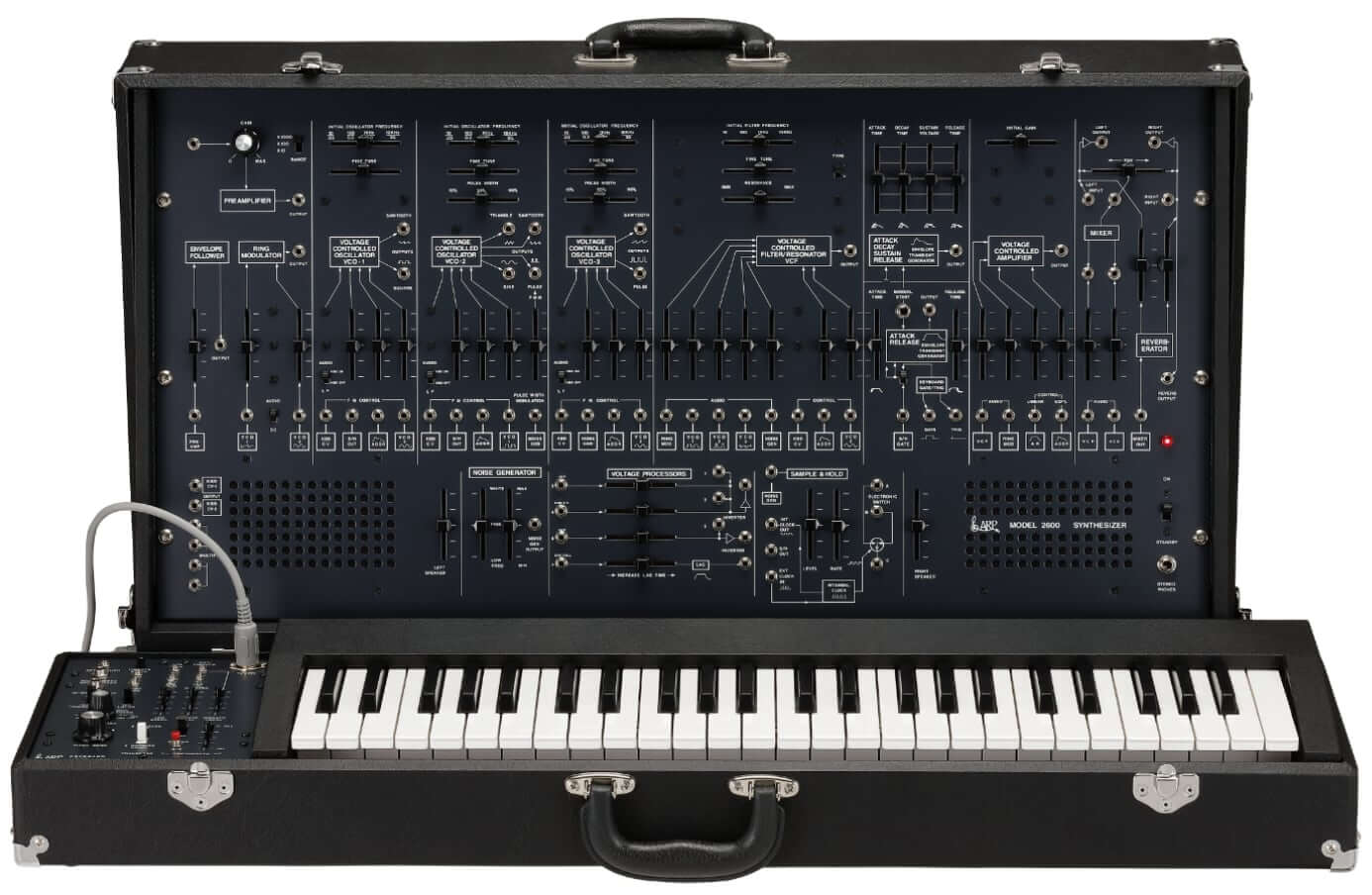
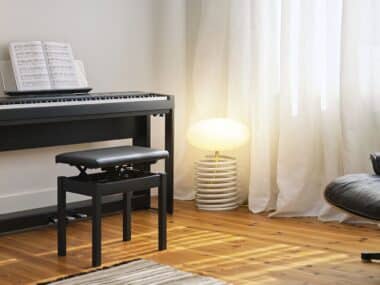
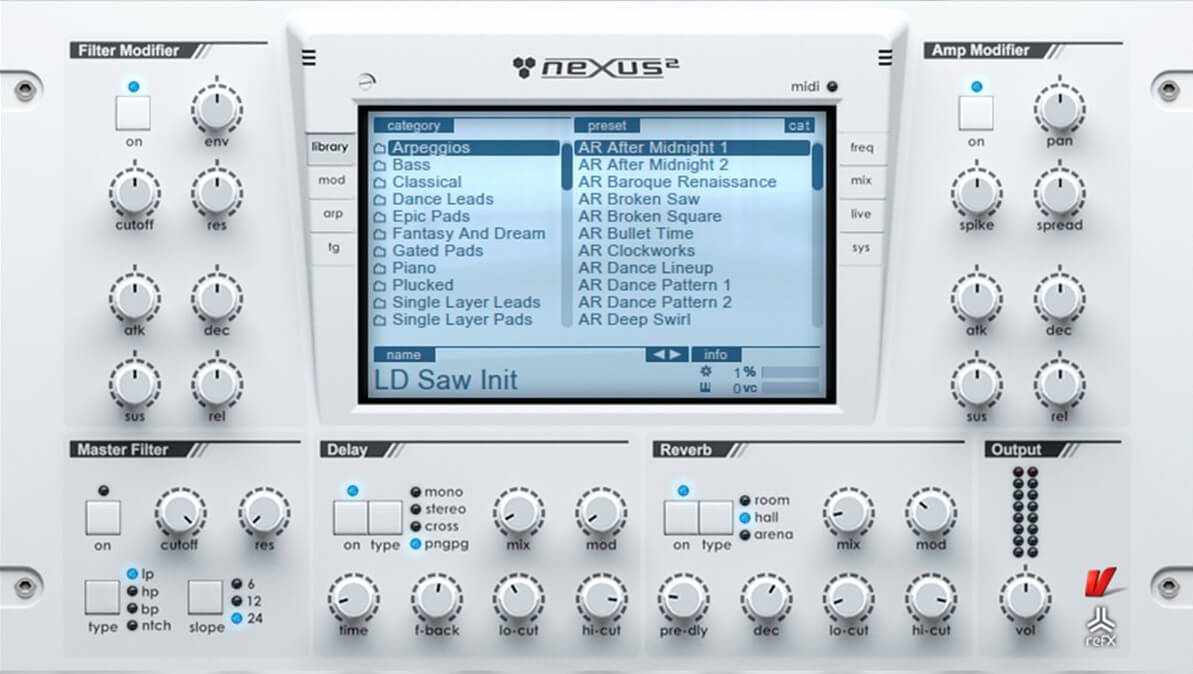
6 comments
I have the original A-88 which I really like but think that the action is harder than most piano-like keys and real grand pianos, I would like to have a slightly lighter action. Any idea of how MKII is compared to the old A-88?
About the Roland pitch bend/mod stick: -I just love it and it’s one of the reasons I favor Roland’s mother keyboards! 🙂
I had the original as well. I own the newer model presently and love it. The key bed feels much better
I’m considering this and the Arturia MK2. If you had to choose one which would it be?
Hi Albert, I would go with the Arturia MK2! It’s a close call, but the lack of Aftertouch on the Roland is a no-go for some.
No way, Roland all the way. Fatar keybeds have become atrocious quality-wise, search it. I wanted the SL88 Grand but the horror stories are too numerous about the keys malfunctioning, and that’s with the TP/40WOOD keybed. The Arturia uses the TP/100 which is featured in a lot of keyboards but it’s not ideal for clean precise lines, and many people say it’s like running on the beach in sand, too much effort and nothing solid. The Roland PH-4 keybed WITH Escapment is the way to go. Do you really need aftertouch? If not, this is the one.
Hi, I also have an FA-08 and love its key action. Can you describe how the key action of the A-88 MKII compares to the FA-08?